Cookery Feature - Myrtle Allen, The Legacy
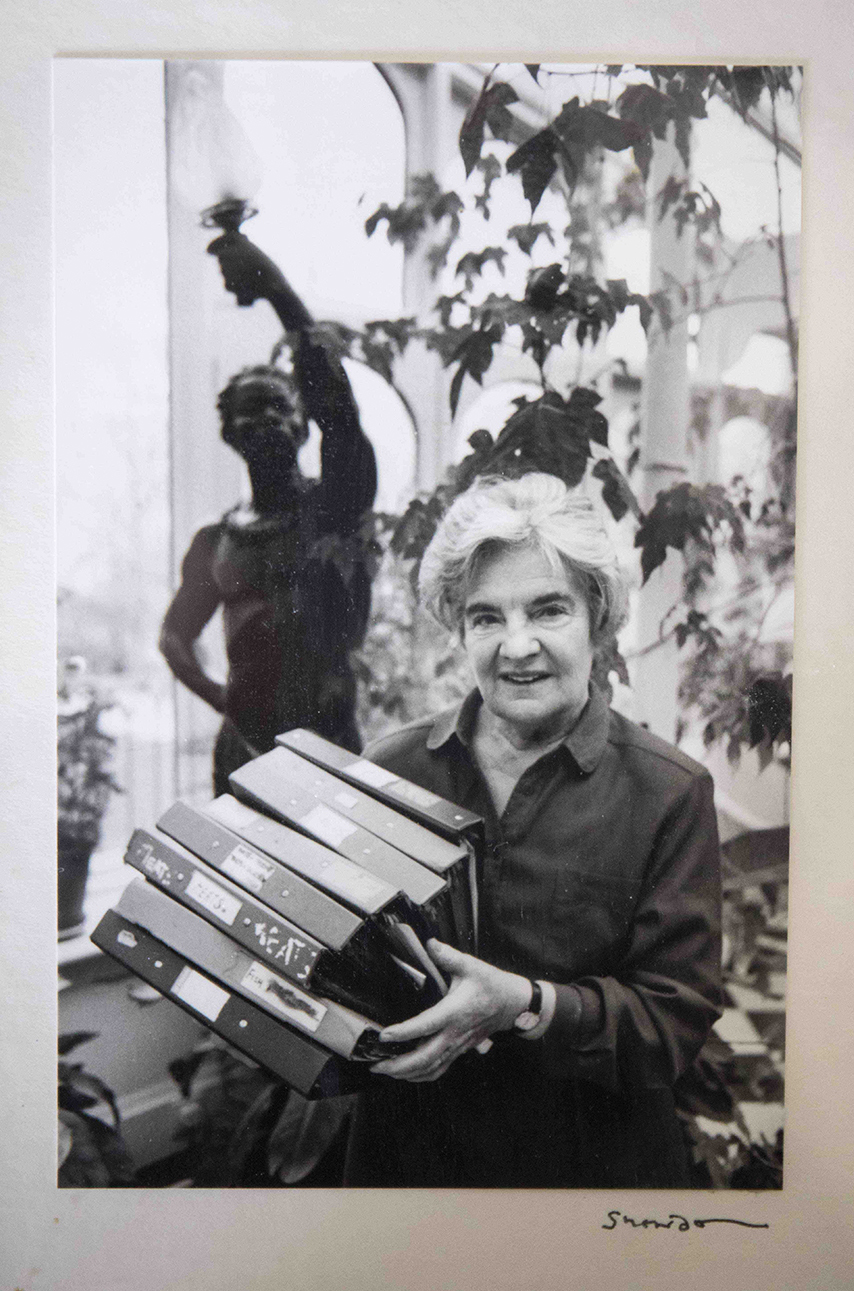 Ireland’s greatest food hero, Myrtle Allen, died on June 13th 2018 at the age of 94. While she is sorely missed and we will remember her especially on her anniversary, it is wonderful to see the value that is now being placed on her lifetime’s work.
Ireland’s greatest food hero, Myrtle Allen, died on June 13th 2018 at the age of 94. While she is sorely missed and we will remember her especially on her anniversary, it is wonderful to see the value that is now being placed on her lifetime’s work.
To the equal delight of family, old friends, scholars and former colleagues, University College Cork (UCC) has acquired her papers (‘The Myrtle Allen Archive’) and established an annual Myrtle Allen Memorial Lecture in honour of this extraordinary pioneer of Irish food culture.
The inaugural Myrtle Allen Memorial Lecture took place at UCC on May 9th and the keynote speaker was the internationally acclaimed food writer, Claudia Roden, who has been a guest chef at Ballymaloe Cookery School on many occasions. She fell in love with Ireland and - enchanted, as so many have been - said she “would choose to live at Ballymaloe for ever”. Inspired by Myrtle over 35 years, she spoke of her kindness and belief in “the power of food - and especially national food and local dishes - to bring people together and make them feel loved and valued”.
Other speakers included UCC Food and Culinary Historian, Regina Sexton, who has been researching Myrtle’s work since 2013 (see below); the Michelin star chef, Ross Lewis, who worked closely with Myrtle while he was Commissioner General of Euro-Toques Ireland, which Myrtle established in 1986; and John McKenna of McKennas’ Guides. The event was also used to launch UCC’s unique Post-graduate Diploma in Irish Food Culture in Adult Continuing Education and the Department of Folklore and Ethnology.
The Myrtle Allen Archive spans over a century and Regina Sexton described it as “a treasure of insight into a woman whose ethos and approach to cooking and Irish produce would come to frame, structure and direct much of how we engage with contemporary Irish food culture”.
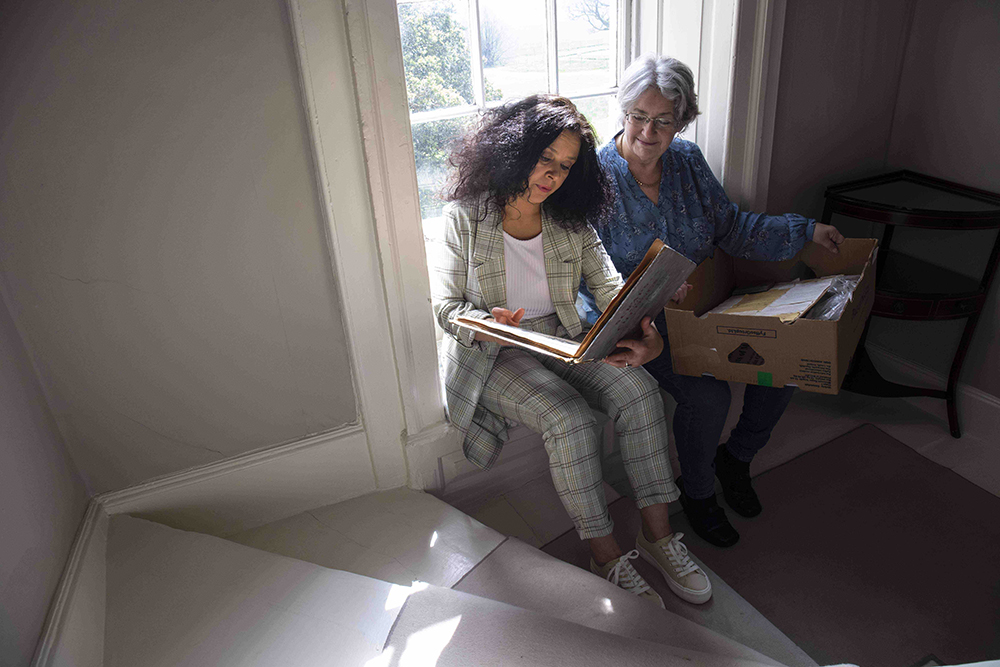 Regina explained how, in 1975, “Myrtle Allen, an unassuming farmer’s wife with six children from the small village of Shanagarry, in east Cork, won a Michelin Star for her country house restaurant, The Yeats Room, in Ballymaloe House. She was the first Irish woman to receive the accolade and she remains one of just two women to hold the award in the Republic of Ireland (the other was the late Catherine Healy who, with her husband Nick, established a ground breaking restaurant in Co Meath). Myrtle’s work in the kitchen and her food activism defined her life and her achievements were recognised in her lifetime by gastronomic luminaries like Paul Bocuse, who was one of the most prominent chefs associated with the nouvelle cuisine movement and Claus Meyer and René Redzepi of the New Nordic Cuisine movement. Today a large and growing community of chefs, food producers and market-stall holders see Myrtle Allen as the force which redirected the course of Irish food culture over the last two generations.”
Regina explained how, in 1975, “Myrtle Allen, an unassuming farmer’s wife with six children from the small village of Shanagarry, in east Cork, won a Michelin Star for her country house restaurant, The Yeats Room, in Ballymaloe House. She was the first Irish woman to receive the accolade and she remains one of just two women to hold the award in the Republic of Ireland (the other was the late Catherine Healy who, with her husband Nick, established a ground breaking restaurant in Co Meath). Myrtle’s work in the kitchen and her food activism defined her life and her achievements were recognised in her lifetime by gastronomic luminaries like Paul Bocuse, who was one of the most prominent chefs associated with the nouvelle cuisine movement and Claus Meyer and René Redzepi of the New Nordic Cuisine movement. Today a large and growing community of chefs, food producers and market-stall holders see Myrtle Allen as the force which redirected the course of Irish food culture over the last two generations.”
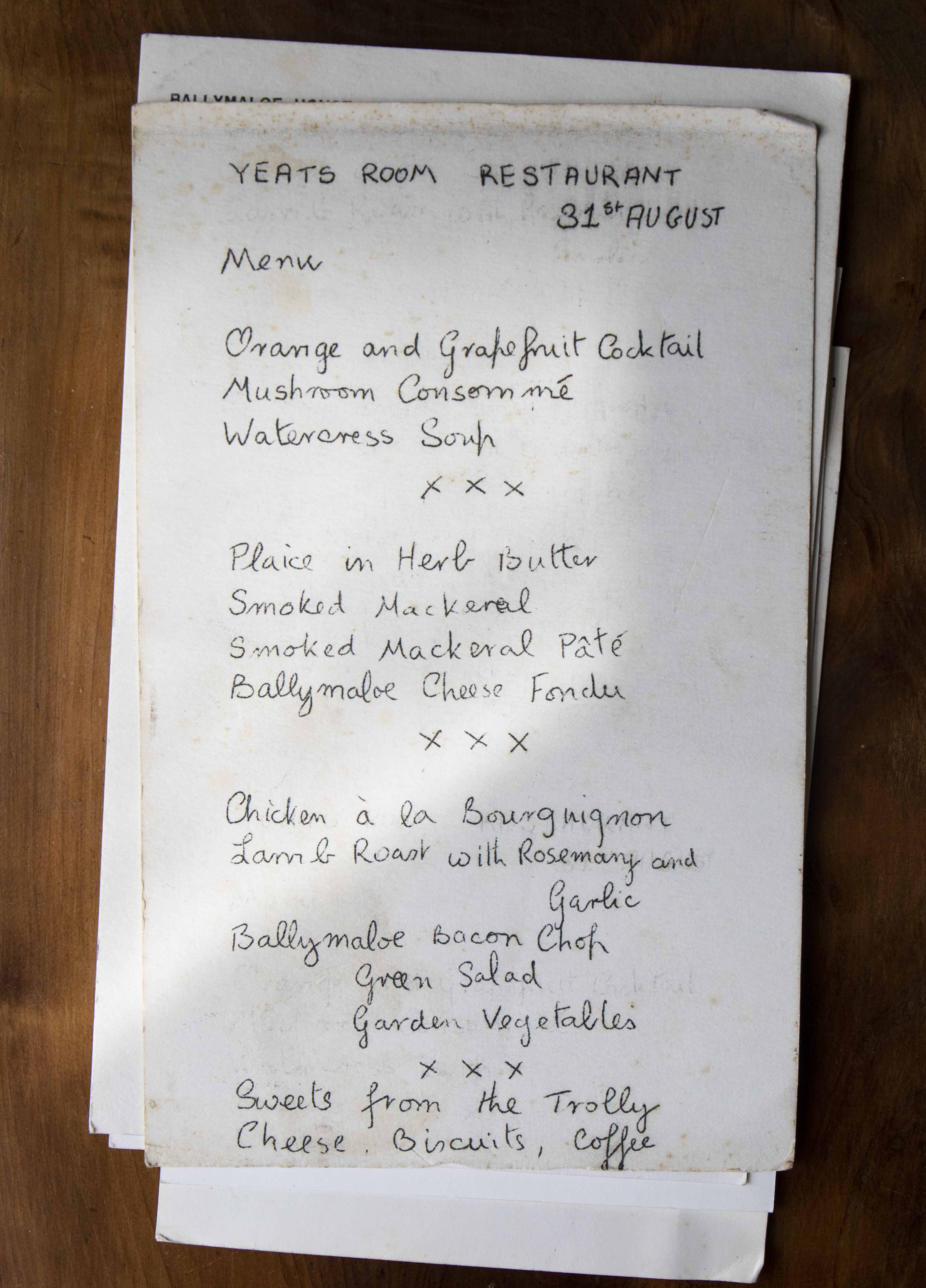 Fortunately for historians and students of Irish food culture, Myrtle Allen kept extensive records and the archive includes journals from the restaurant, daily menus, inherited hand-written family manuscript recipe books, correspondence with producers and chefs, restaurant and hotel reviews, and scrapbooks of traditional recipes send to her by readers of the Irish Farmers Journal. There are letters of advice to fledgling chefs, drafts and proofs of her 1977 book, The Ballymaloe Cookbook (which has been revised and re-issued on several occasions, most recently in 2014, and photographs and files that reflect her interest in history, local history, genealogy and travel. Box after box and cabinet after cabinet hold papers that document her remarkable relationship with food.
Fortunately for historians and students of Irish food culture, Myrtle Allen kept extensive records and the archive includes journals from the restaurant, daily menus, inherited hand-written family manuscript recipe books, correspondence with producers and chefs, restaurant and hotel reviews, and scrapbooks of traditional recipes send to her by readers of the Irish Farmers Journal. There are letters of advice to fledgling chefs, drafts and proofs of her 1977 book, The Ballymaloe Cookbook (which has been revised and re-issued on several occasions, most recently in 2014, and photographs and files that reflect her interest in history, local history, genealogy and travel. Box after box and cabinet after cabinet hold papers that document her remarkable relationship with food.
And, as Regina said, Myrtle did things differently. Her skills in the kitchen were largely self-taught and, not only did she write the restaurant menu each day, but very often that menu would not be finalised until hours, sometimes less than an hour, before service until she saw the catch that was landed from the near-by fishing village of Ballycotton or until she could buy what foraged hedgerow or shore foods the local children would bring to sell to her at the kitchen door. Myrtle chose to profile on those menus ingredients and dishes that fine dining restaurants viewed with little if any regard- hours-old mackerel, elderberries, mussels, oatmeal porridge with Jersey cow pouring cream and a soft dust of brown sugar.
Regina also pointed out that, in the 1960s, Myrtle’s approach was wildly out of step with current trends: “Writing in the Irish Farmers’ Journal, from 1962 until the early 1970s, her food columns in the Home Farm section of the paper were clearly at odds with cultural norms. At that time, as Ireland was undergoing rapid social, economic and cultural changes, Irish food and cooking was often eschewed and undervalued as the country deployed a modern approach to production and it took its gastronomic cues from outside trends and fashions.”
“What made her different,” said Regina, “Was that she wasn’t swayed by outside influences but rather she aimed to validate the internal, she looked inward and strove to elevate what was good home-produced food to such a high status that we could be confident in believing that Irish food was some of the best the world could produce. This approach was viewed as counter-productive, if not damaging to efforts at economic, social and agriculture improvement and development. A break with tradition and custom was presented in popular and populist narratives as one means to escape stagnant and backward lifestyles and what is interesting to observe is that we have now come full-circle in trying to recapture and understand our food heritage and this was something she did as a matter of course, it was ingrained in her guiding principles.”
* The Myrtle Allen Archive will be housed at the Boole Library in UCC to inspire and guide future scholarship. UCC has a long heritage in food research and education. In 2000 Myrtle Allen was awarded an honorary doctorate by UCC and it recently launched the Food Institute, which unites the food related activity at the university and connects those activities to the community.
RECIPES and cookery notes - the Myrtle Allen philosophy
This introduction to Ballymaloe House and the recipes that follow are taken from an early edition of my ‘Irish Country House Cooking, The Blue Book Cookery Book’, which was published in serial editions between 1995 and 2007.
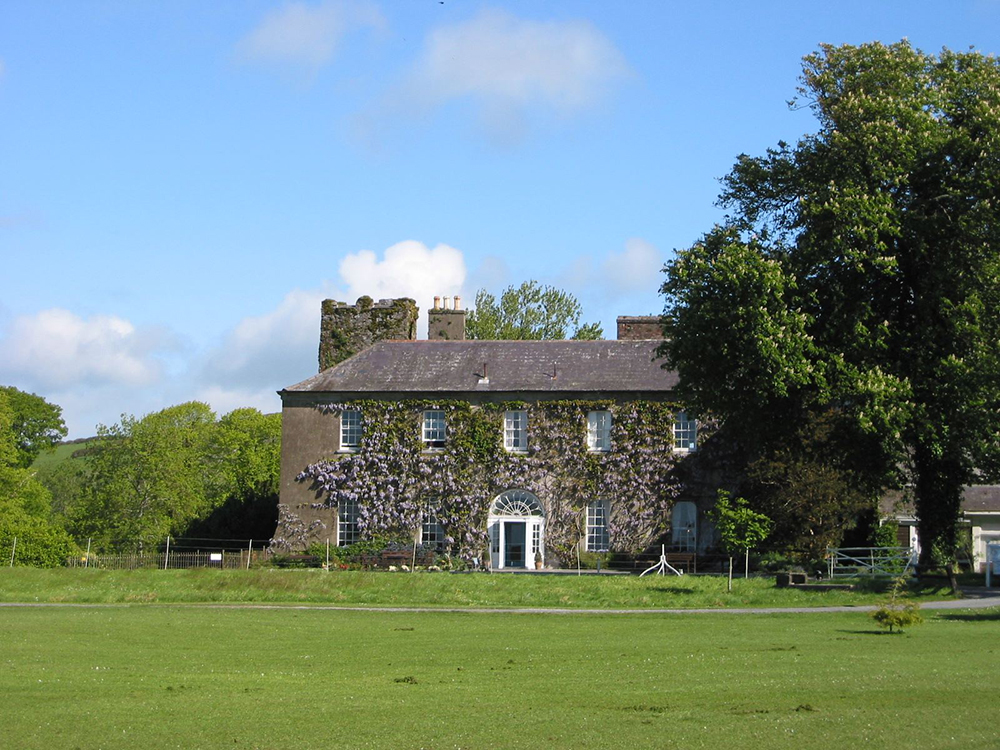 First time visitors to Ballymaloe are invariably charmed by the approach, through lush green fields with sheep grazing all around - the Allen family home may be Ireland’s most famous country house, but they have always described it as ‘a large family farmhouse’. And - although, with over thirty bedrooms, it is very large indeed - Ballymaloe remains true to that description over three decades after Myrtle and her husband, the late Ivan Allen, first welcomed guests to their home in 1964. The dining room - named The Yeats Room after their collection of Jack Yeats paintings - opened first, followed by rooms for accommodation in 1967, and family enterprises connected with Ballymaloe House now include not only the farmlands and gardens that supply the kitchen, but also a shop selling crafts, kitchenware and furniture, the Crawford Gallery Café in Cork city and Darina Allen’s internationally acclaimed cookery school nearby. Yet Ballymaloe is still most remarkable for its unspoilt charm: although now rightly receiving international recognition for a lifetime’s work “recapturing forgotten flavours, and preserving those that may soon die”, Myrtle continues to supervise everything, ably assisted by her children and their families, and their teamwork is indeed a sight to behold.
First time visitors to Ballymaloe are invariably charmed by the approach, through lush green fields with sheep grazing all around - the Allen family home may be Ireland’s most famous country house, but they have always described it as ‘a large family farmhouse’. And - although, with over thirty bedrooms, it is very large indeed - Ballymaloe remains true to that description over three decades after Myrtle and her husband, the late Ivan Allen, first welcomed guests to their home in 1964. The dining room - named The Yeats Room after their collection of Jack Yeats paintings - opened first, followed by rooms for accommodation in 1967, and family enterprises connected with Ballymaloe House now include not only the farmlands and gardens that supply the kitchen, but also a shop selling crafts, kitchenware and furniture, the Crawford Gallery Café in Cork city and Darina Allen’s internationally acclaimed cookery school nearby. Yet Ballymaloe is still most remarkable for its unspoilt charm: although now rightly receiving international recognition for a lifetime’s work “recapturing forgotten flavours, and preserving those that may soon die”, Myrtle continues to supervise everything, ably assisted by her children and their families, and their teamwork is indeed a sight to behold.
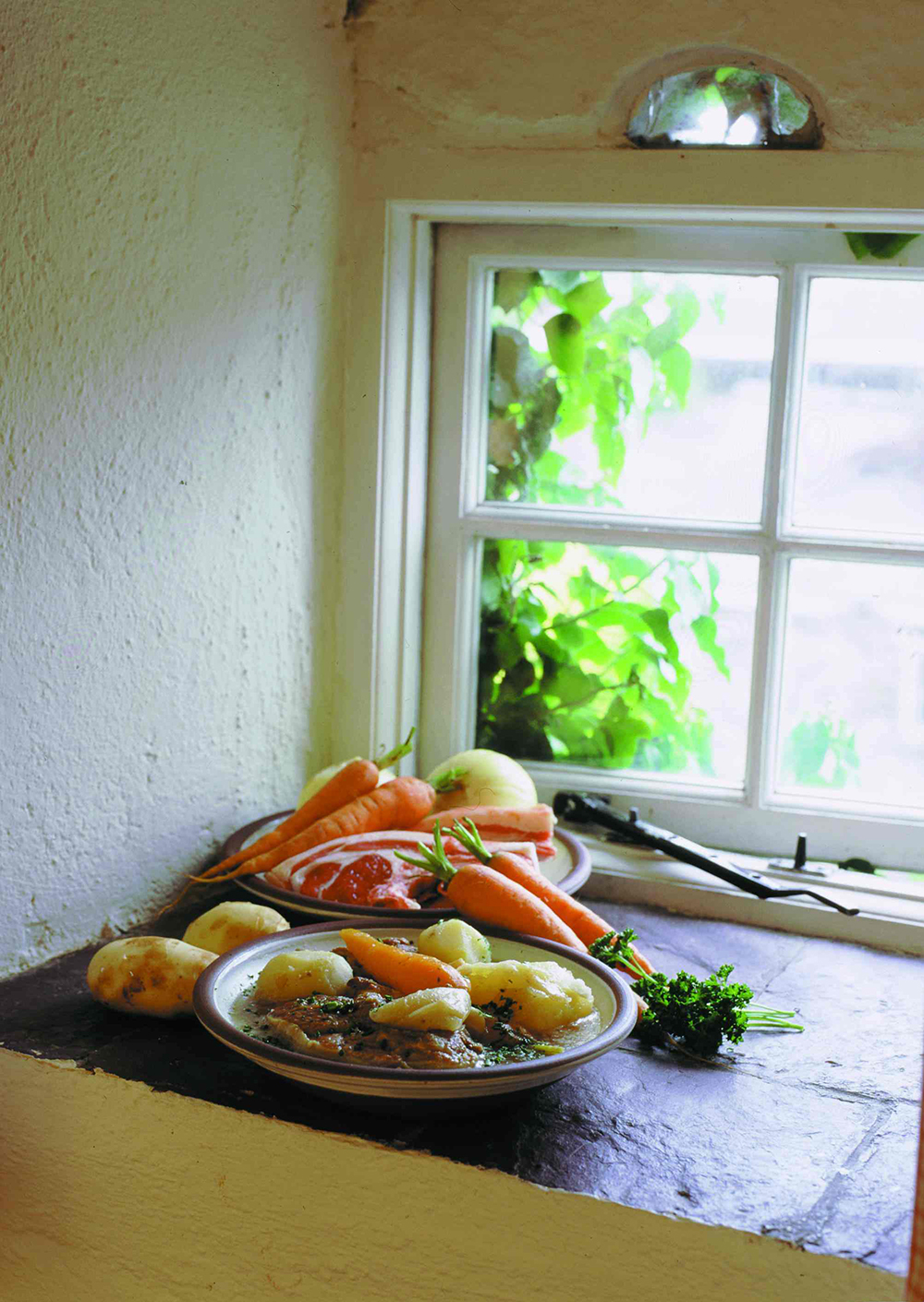 Ballymaloe Irish Stew
Ballymaloe Irish Stew
The charming road up to Ballymaloe house - for it is an unembellished road, rather than the manicured approach we think of as a 'driveway' - goes through lush green fields with sheep grazing all around Small wonder then that Myrtle Allen should have such an enduring relationship with the local butcher - and that lovely, simple dishes like this Ballymaloe Irish Stew should be a fundamental part of her repertoire. And, regarding the great debate as to whether or not an Irish Stew should have carrots in it, Mrs Allen concedes that the classic version probably doesn't - but says it is common practice to include them in the south.
Serves 4:
For the mutton or lamb stock (optional, see note):
2 lb/1.3 Kg mutton or lamb bones
Peelings from carrots and trimmings from other vegetables, such as onion tops
Sprigs of fresh herbs, such as thyme and marjoram
4 oz/100g mutton or lamb fat to make optional drippings OR 3 tbsp unsalted butter, lard or bacon fat, melted.
3 lb/1.3 Kg mutton neck chops or shoulder lamb chops, bone in
4 carrots (about 1/2 lb/225g total), quartered
4 onions (about ¾ lb total), quartered
½ tsp salt
¼ tsp black pepper
4-6 small potatoes (about 1 lb/450g total)
½ oz/15g butter
1 tbsp chopped parsley leaves
1 tbsp snipped fresh chives
1 pint/600 ml stock or water.
To make the stock: In a saucepan cover the bones, vegetable peelings and trimmings and herbs with cold water by 2"/5 cm. Bring to the boil, then lower the heat and simmer the mixture, partially covered, for about 2 hours. Strain and skim the fat. Reserve 2½ cups (1 pint/600 ml) of the stock for the stew.
To make the optional drippings, chop the fat into small pieces and fry it over moderately low heat in a heavy skillet until it is rendered. Reserve 3 tablespoons for the stew.
To make the stew, heat the 3 tablespoons reserved drippings in a heavy saucepan and brown the chops in it, in batches. (Do not crowd the meat.) Add the carrots, onions, salt (see note), pepper and the 1 pint/600 ml reserved stock. Peel the potatoes and put them on top. Simmer the stew gently for 11/2to 2 hours, or until the meat is tender. Transfer the meat and vegetables to individual bowls with a slotted spoon. Skim the fat from the cooking liquor, then taste and correct seasonings as necessary. Swirl in the butter, parsley and chives and ladle the sauce over the meat and vegetables.
[Note: Canned beef broth( if available) may be substituted for the lamb stock, in which case the ½ teaspoon salt should be omitted.]
.jpg) Ballymaloe Brown Bread
Ballymaloe Brown Bread
This is perhaps the most famous of Myrtle Allen’s much-loved recipes, and variations on it are made in many other kitchens throughout Ireland. The detail given is typical of Myrtle, who was a natural teacher.
'When making this bread, remember that yeast is a living fungus. In order to grow, it requires warmth, moisture and nourishment. The growing process produces carbon dioxide which makes the bread rise. Hot water will kill yeast. Have the ingredients and equipment at blood heat. The yeast will rise on sugar or treacle. We use treacle. The dough rises more rapidly with 110 g/4 oz yeast than with only 55 g/2 oz. The flour we use is wholemeal, stone ground. Different flours produce breads of different textures. The amount of natural moisture in flour varies according to atmospheric conditions. The quantity of water should be altered accordingly. The dough should be just too wet to knead. In fact it does not require kneading. The main ingredients, wholemeal flour, treacle and yeast, are highly nutritious.'
*Dried yeast may be used instead of baker's yeast. Follow the same method but use only half the weight as given for fresh yeast. Allow longer to rise
For four loaves (13cm x 20cm/ 5in x 8in approx.)
1½kg/3½lb wholemeal flour
1¼/l½ pt water at blood heat
1 tablesp. salt
1-2 well rounded teasp black treacle
2-4 oz fresh yeast
For one loaf (13cm x 20cm/5in x 8in approx.)
450g/1lb wholemeal flour
350ml/12fl oz water at blood heat
1 teasp. black treacle
1 teasp. salt
30g/1oz yeast
For one loaf (American measures)
(13cm x20 cm/5in x 8in approx.)
3¾ cups whole wheat flour
l½ cups (or more) warm water
1½ packages granular yeast
2 tablesp. molasses salt
Mix flour with salt and warm it (in the cool oven of an Aga or Esse or in the electric or gas oven when starting to heat). Mix treacle with some of the water in a small bowl and crumble in the yeast. Put the bowl in a warm position such as the back of the cooker.
Grease bread tins and put them to warm, also warm a clean tea-towel. Look to see if the yeast is rising. It will take 5 minutes approx. to do so and will have a frothy appearance on top.
Stir it well and mix it with remaining water into the flour to make a wettish dough. Put the mixture into the greased, warmed tins and put the tins back in the same position as used previously to raise the yeast. Put the tea-towel over the tins. In 20 minutes approx. the loaves will have risen by twice their original size.
Now bake them in a hot oven, 230°C/ 470°F/Regulo 8, for 45-50 minutes or until they look nicely browned and sound hollow when tapped.
[This is our version of The Grant Loaf (Doris Grant, Our Daily Bread, Faber and Faber). American measures as given by James Beard.]





There are currently no comments
Leave a comment
Not a member? Register for your free membership now!
Or leave a comment by logging in with: